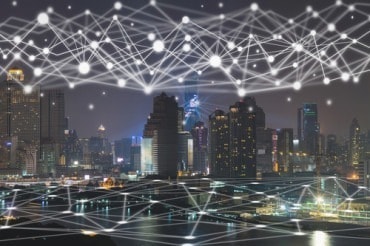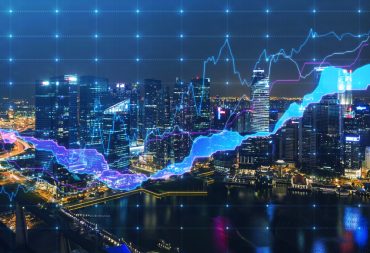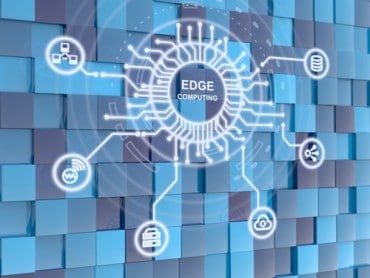
While many companies have already embraced IIoT, they must now adopt Industry 4.0’s commitment to data-driven digital transformation.
With manufacturing, energy, utilities, and supply chain applications rapidly adopting the industrial internet of things (IIoT), a new reality for these industries is on the way. IIoT provides the type of data enterprises need to manage thousands of moving parts and reduce risk to human life. Having embraced IIoT, what does Industry 4.0 bring to the table?
With Industry 4.0’s input, IIoT will evolve from a collection of wireless devices to a full-scale, artificial intelligence/edge-driven solution to some of the biggest enterprise problems. Here’s how this could play out.
See also: 3 Major Challenges in Adopting Industrial Internet of Things (IIoT)
The Basic Definitions
Before we get into specifics, let’s take a look at what these two things are.
- Industrial IoT: Distinguished from the interconnected system of consumer devices, IIoT is interconnected commercial devices now found in everything from factory floor machines to field monitors in massive agriculture.
- Industry 4.0: Big data-driven advances in software, frameworks, and solutions marking the new AI-enabled industry of today.
Industry 4.0 doesn’t work without IIoT, and without the framework of Industrial 4.0, IIoT is little more than massively disparate sensors. Together, these two related concepts change the face of industry.
IIoT enables Industry 4.0
IIoT distinguishes this industrial revolution from those in the past. This great leap of interconnected devices and sensors streamlines production and maintenance. IIoT enables automation on a scale previously unseen, with devices connected to a central server and sending data for processing. They enable smart factories, connected supply chains, easier energy maintenance, and computing closer to the edge.
It’s artificial intelligence that makes monitoring IIoT even possible. In this way, IIoT and Industrial 4.0 enable each other. Industrial 4.0 provides a logical framework for processing and governance, while IIoT realizes 4.0’s dreams of a streamlined, automated system of operation.
Many industries have already jumped in with IIoT, and now, they must adopt 4.0’s commitment to data-driven digital transformation. It provides the framework for these interconnected systems, creating not just connected factories, for example, but smart ones.
There are still challenges
Industry 4.0 does bring its share of challenges. Governance and security are key issues with the proliferation of big data. More and more interconnected devices introduce new strain on systems and potential weaknesses to be exploited.
There are management issues as well. Gathering data with no real ingestion pipeline could create a lot of noise instead of insight. Despite all these challenges, however, Industry 4.0’s commitment to security first architecture and real-time data, companies taking the leap into the new world will find solutions that enable the interconnected automation they need.
IIoT is merely a hub of sensors without the intelligent framework Industrial 4.0 brings to the table. And without IIoT, 4.0 remains a simple dream. Now, they can usher in a bold future for industry with revolutionary solutions.






